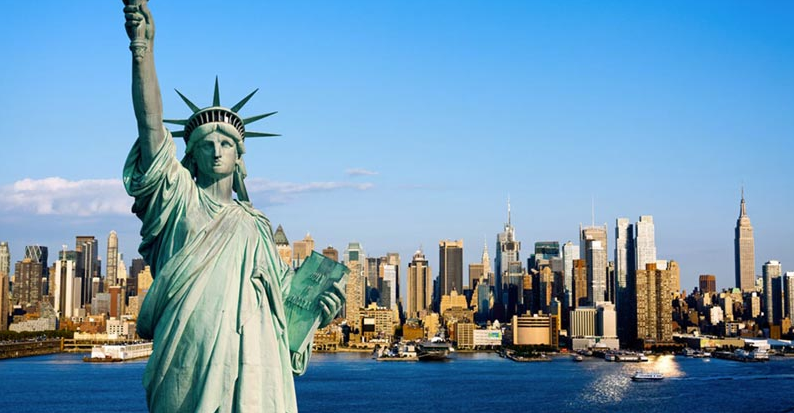Nestled in the vastness of the southeastern Pacific Ocean, Easter Island, or Rapa Nui, is an isolated volcanic island that has captivated the imagination of explorers, historians, and curious minds across the world. Known for its mysterious moai statues and complex history, this island offers a fascinating glimpse into an ancient civilization’s achievements and struggles. In this blog, we’ll explore Easter Island’s geographical landscape, delve into its rich history, and uncover the enduring mysteries that surround its ancient inhabitants.
Geographical Setting
Easter Island is one of the most isolated inhabited islands on Earth, positioned about 3,500 kilometers off the coast of Chile and 2,075 kilometers east of Pitcairn Island. It’s a small landmass, approximately 163 square kilometers in size, characterized by its three extinct volcanoes—Terevaka, Poike, and Rano Kau—which shape the island’s rugged terrain.
A Glimpse into the Past
The island was first settled by Polynesian navigators, believed to have arrived between AD 300-1200. These early settlers developed a distinct culture, evident from the incredible moai statues and ceremonial platforms known as ahu. The moai are believed to depict the islanders’ ancestors, serving as a bridge between the past and the present, watching over their descendants with stoic resilience.
Mysteries of the Moai
The construction and transportation of the nearly 900 moai statues remain one of the island’s most profound mysteries. These towering figures, some reaching up to 33 feet high and weighing over 80 tons, were somehow transported across the island without modern machinery. Theories abound, from using wooden sledges and rolling logs to an intriguing notion that the statues were ‘walked’ using ropes.
Another mystery is the purpose and alignment of the moai. Most of these statues face inland, suggesting they were intended to oversee the community, possibly offering protection and watching over their descendants. The environmental and ecological challenges that followed, such as deforestation and soil erosion, hint at a complex interplay of human activity and environmental constraints, which may have led to societal changes before European contact.
The Undeciphered Rongorongo Script
Adding to the island’s mystique is the Rongorongo script, a system of glyphs that remains one of the few undeciphered scripts in the world. If decoded, it could unlock further secrets of the ancient Rapanui civilization, offering insights into their culture, beliefs, and daily life.
Preserving a Heritage
Today, Easter Island is a UNESCO World Heritage Site, celebrated not only for its archaeological significance but also for its living culture. The local Rapanui community continues to preserve and celebrate their heritage, despite the challenges posed by modernity and an economy heavily reliant on tourism.
The Island Today
Modern challenges such as balancing tourism with conservation efforts are central to the ongoing discourse about Easter Island. The global pandemic has shown just how delicate this balance can be, affecting not just the economy but also how the island’s heritage is managed and preserved.
Easter Island serves as a testament to the ingenuity and resilience of its ancient inhabitants. From the mysterious moai that continue to guard the island to the undeciphered glyphs of Rongorongo, Easter Island remains a beacon for scholars, travelers, and dreamers, eager to learn from its past and preserve its mysteries for future generations. Whether you are a history enthusiast or simply a curious traveler, Easter Island offers a profound narrative about the interaction between humans and their environment, echoing through the ages.




